| Size | |
|---|---|
| Common Name | |
| Type | |
| Family | |
| Native? | |
| Zone | 3, 4, 5, 5b, 6, 7, 8 |
| Height Range (ft.) | 6.00 to 10.00 |
| Spread (ft.) | 6.00 to 10.00 |
| Bloom Time | |
| Bloom Description | Creamy White, flower clusters, Small |
| Sun | |
| Water | |
| Maintenance | |
| Suggested Use | Border, Erosion Control, hedgerows, naturalized areas, wildlife gardens |
| Tolerate | |
| Growth Rate | |
| Attracts |
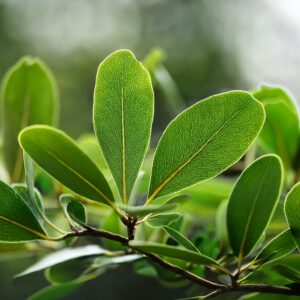
Cornus racemosa is a tough, native shrub with white flowers, red stems, and white berries, ideal for wildlife gardens, naturalized areas, and erosion control.
$14.99
Please note: Sizes 1.5 Gallon and up can’t be shipped outside the counties of Nassau, Suffolk, and Queens.
Learn more about how the process works and how our plants are delivered.
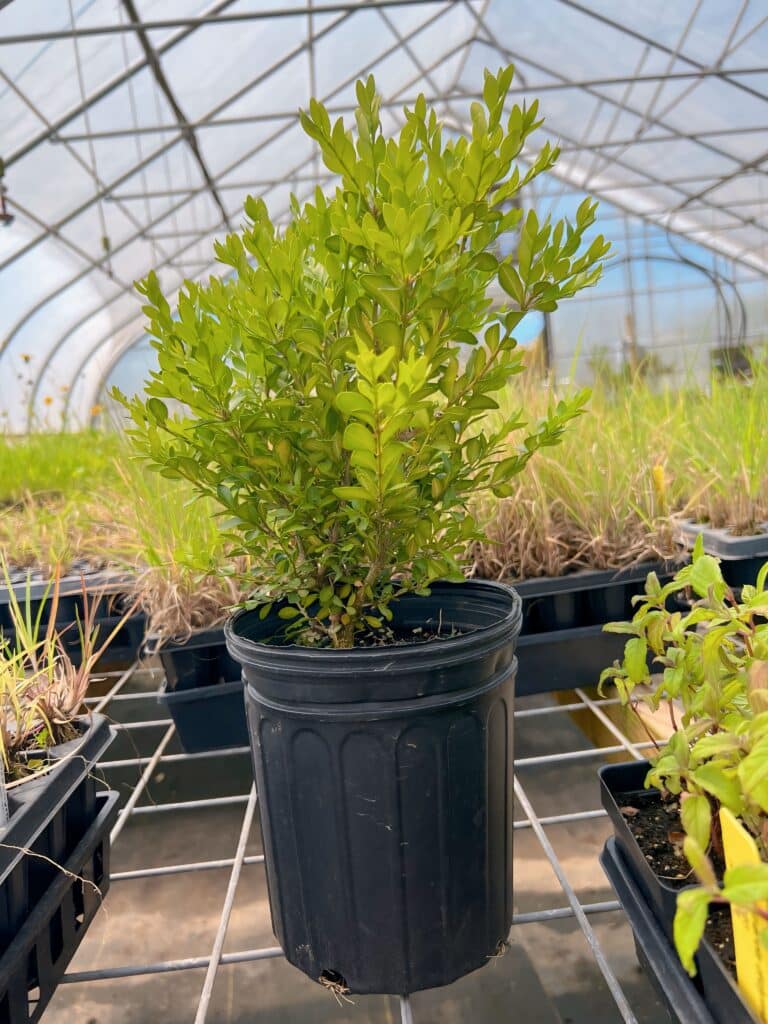

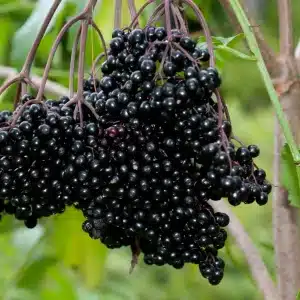
| Size | |
|---|---|
| Common Name | |
| Type | |
| Family | |
| Native? | |
| Zone | 3, 4, 5, 5b, 6, 7, 8 |
| Height Range (ft.) | 6.00 to 10.00 |
| Spread (ft.) | 6.00 to 10.00 |
| Bloom Time | |
| Bloom Description | Creamy White, flower clusters, Small |
| Sun | |
| Water | |
| Maintenance | |
| Suggested Use | Border, Erosion Control, hedgerows, naturalized areas, wildlife gardens |
| Tolerate | |
| Growth Rate | |
| Attracts |
Cornus racemosa, commonly known as Gray Dogwood, is a hardy, multi-stemmed deciduous shrub native to eastern and central North America. It typically grows 10 to 15 feet tall and wide, with grayish-green leaves and smooth gray bark. In late spring to early summer, it produces clusters of small white flowers that give way to striking white berries held on vivid red stems in late summer and fall. Tolerant of a wide range of soil and light conditions, Cornus racemosa is especially valued in naturalized areas, hedgerows, and wildlife gardens for its toughness and ecological benefits.
Multi-season appeal: White flowers, red stems, and white berries offer lasting interest
Wildlife value: Provides nectar, fruit, and cover for birds and pollinators
Adaptable native: Thrives in challenging soils and varying light conditions
Sun exposure: Full sun to part shade
Soil needs: Tolerates dry to moist, well-drained soils; very adaptable
Maintenance: Low—can be pruned to shape or rejuvenated by cutting back in early spring
Wildlife gardens: Supports birds, insects, and small mammals
Naturalized plantings: Great for hedgerows, thickets, and ecological buffers
Shrub borders: Blends well with other native species for seasonal texture
Native plant: Supports regional biodiversity and ecological health
Bird habitat: White berries are a favorite of many bird species
Erosion control: Useful for stabilizing slopes and disturbed soils
/5
Total reviews
|
|
Persons recommended this product
Anonymous
Shopper
check_circle Verified
Shop owner replied
Was this helpful
Anonymous
Shopper
check_circle Verified
Shop owner replied
Was this helpful
Your feedback helps us improve our service.
There are no reviews yet.
Be the first to review “ ”
Please log in to submit a review.
Only logged in customers who have purchased this product may leave a review
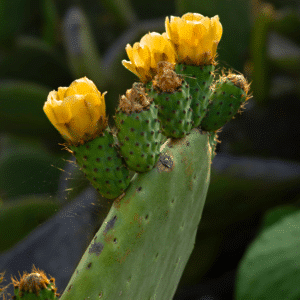
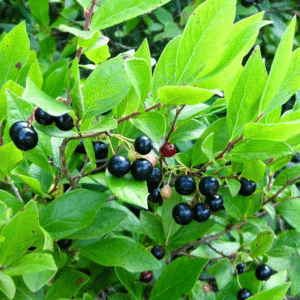
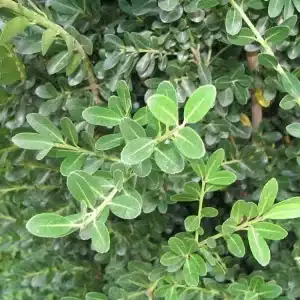
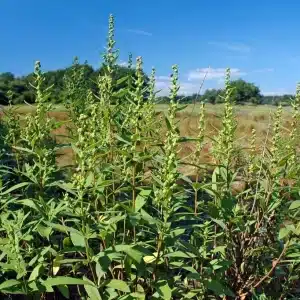

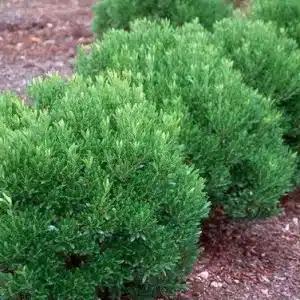
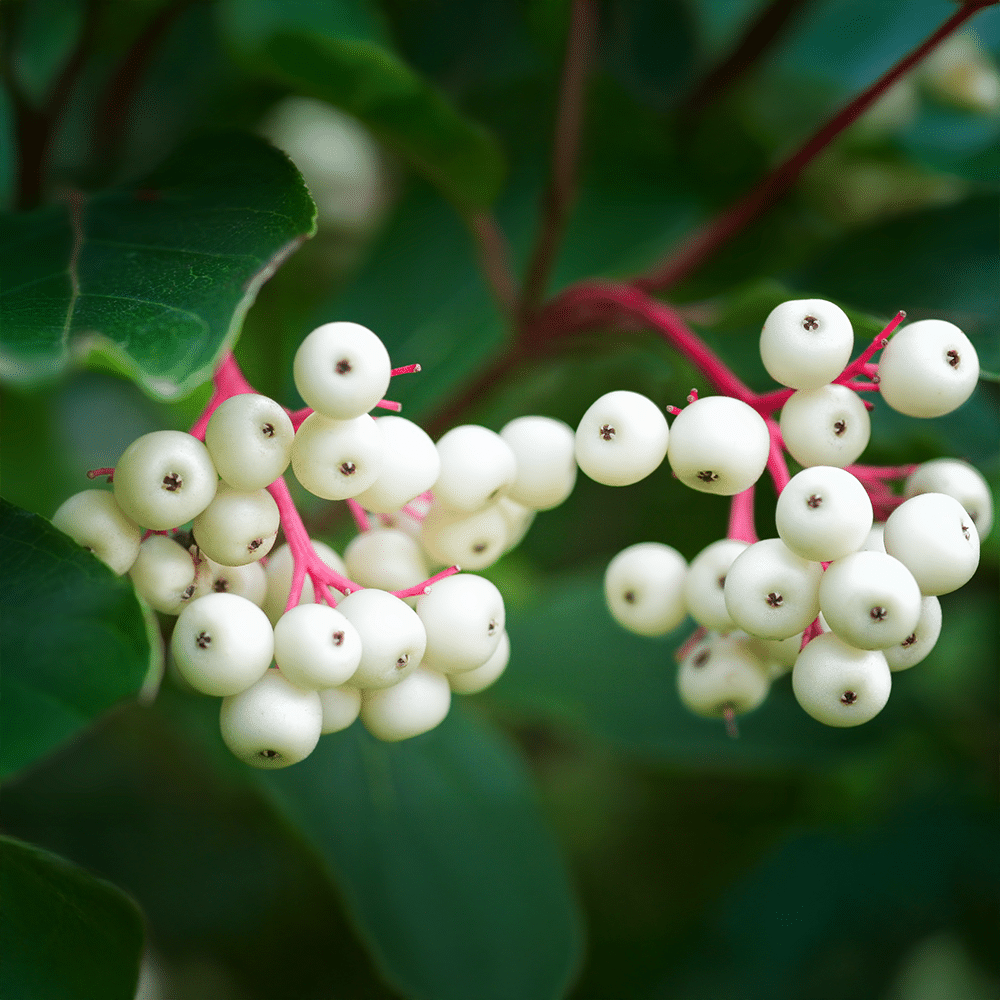
Gray Dogwood is highly adaptable and grows well in full sun to partial shade. It tolerates a wide range of soils, including dry, clay, rocky, or poor soils, and does best in well-drained to slightly moist conditions. It’s ideal for hedgerows, wildlife gardens, erosion control, and naturalized plantings.
This multi-stemmed deciduous shrub typically reaches 8–12 feet tall and wide, forming dense thickets through root suckering. It’s great for mass plantings, screens, or restoration areas, where a natural, spreading habit is beneficial.
Gray Dogwood blooms in late spring to early summer (usually May to June) with clusters of small, creamy-white flowers that attract pollinators. These are followed by white berries (drupes) on showy red stems, adding interest in late summer to early fall.
Absolutely! It’s a wildlife powerhouse. The flowers support pollinators, while the berries feed songbirds and small mammals. Its dense structure also provides nesting cover and shelter for birds and beneficial insects. It’s a key shrub for native habitat restoration.
Gray Dogwood is considered moderately deer-resistant. While deer may browse new growth, the plant is vigorous and recovers quickly, making it suitable for areas with light to moderate browsing pressure.
Our gift cards make it easy to share the beauty of plants, flowers, and all things green. Whether for a special occasion or just because, give the gift of choice and let them select their favorites to create a garden they’ll cherish.
BUYING HIGH QUALITY PLANTS HAS NEVER BEEN EASIER
Our plants are easy to order, plant, and enjoy! Bringing pollinators to your property improves vegetable yields – Feed the bees!
Sign up for our email list!
Copyright © 2025 Bumbee’s | Web design and SEO by Searles Graphics